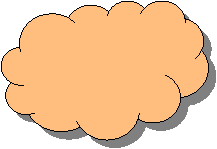

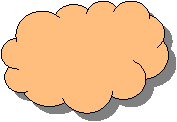









|
Cryptozoology |
|
The study of hidden or unknown animals, cryptozoology is an open-minded approach to reports of strange creatures; it is not a branch of zoology, so “cryptozoology” may be a misnomer, implying an official status it has never received. How can this pseudo-science be useful to science? Were a zoologist to evaluate eyewitness testimonies, and then act like a detective and discover some physical evidence, especially a live or dead specimen, it could be made available to other zoologists. That cryptid would then become classified: an official creature, no longer a cryptid.
Many people have heard of Big Foot (North America) and Nessie (Loch Ness, Scotland), but what about the ropen of Papua New Guinea or the Mokele-mbembe of Africa? |
|
Cryptozoology in General
Cryptomundo (by Loren Coleman)
A Critical Approach (recommended) (includes differentiating between crypto-enthusiast and crypto-zoologist
Cryptozoology and Dinosaurs and Pterosaurs (Pterodactyls)
Cryptozoology and Living Dinosaurs
Mokele-mbembe: The Living Dinosaur!
Cryptozoology and Pterodactyls
Why believe in extinction?
(perhaps the oldest regularly- updated web site on live pterosaurs)
(Fossils prove nothing about any pterosaur extinction.)
Giant bioluminescent flying creature on the PNG mainland
of 2006 (searching for indava)
Paul Nation video analyzed by a missile defense physicist (two indava lights videotaped)
Lake Monsters
Champ of Lake Champlain (between New York and Vermont)
Sea Serpents and Lake Monsters
|
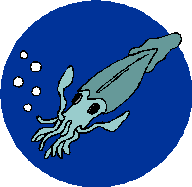
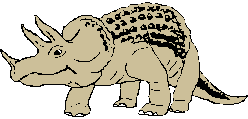


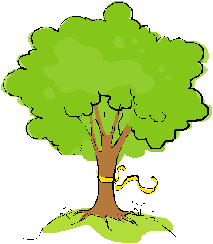
|
On the island of New Guinea (West Papua, Indonesia), as recently as December of 2007, biological discoveries have been stunning; a giant rat and a tiny possum are two of the discoveries of new species. And on the eastern side of this island are villages where natives have seen strange flying creatures with names like indava and seklo-bali. American ropen investigators (like Jonathan Whitcomb, Garth Guessman, and Paul Nation) believe that these two names, used on the mainland of Papua New Guinea, refer to creatures similar to (if not identical in species to) the ropen of Umboi Island. The many reports of pterosaur-like creatures north of Australia deserve attention. |
